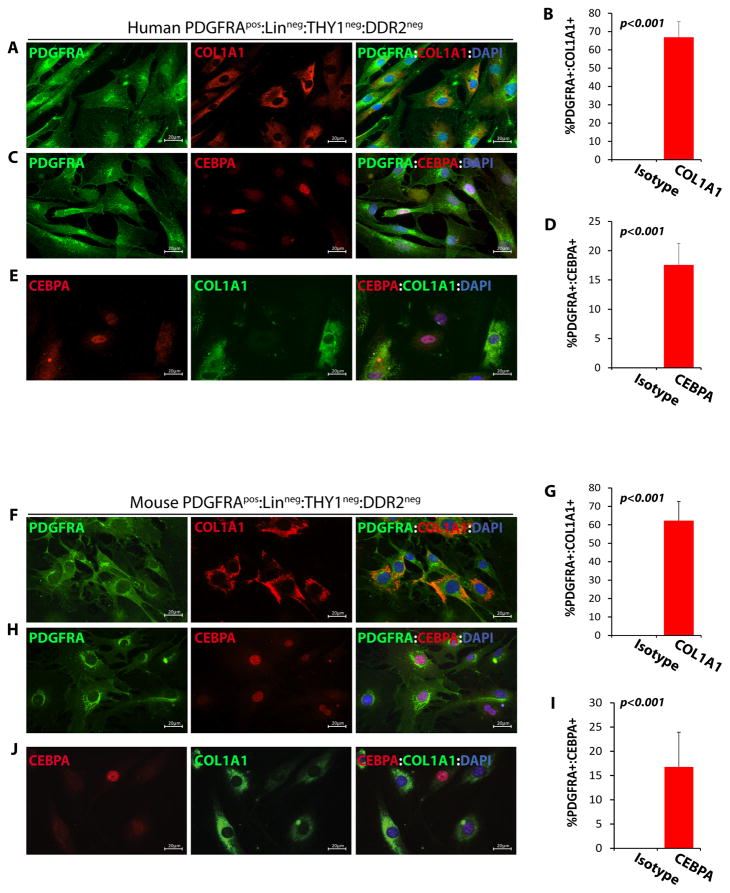Figure 2. Fibrogenic and adipogenic potential of FAPs isolated from the human and mouse hearts.
A–H. IF staining and relative quantifications of human (A–D) and mouse (F–I) cardiac FAPs, identified by expression of PDGFRA (in green), for the fibrogenic marker COL1A1 (A, F) and the adipogenic marker CEBPA (C, H) (both in red). About 65% of FAPs expressed COL1A1 (B, 66.9±8.5%, N=4, ~150 cells counted in each experiment in human; G, 62.3 ± 10.4%, N=8, ~200 cells counted in each experiment in mouse: N=8) while a smaller percentage expressed CEBPA (D, 17.6±3.7% in human; I, 16.8 ± 7.2% in mouse). E, J. Co-Immunofluorescence staining of human (E) and mouse (J) cardiac FAPs for COL1A1 and CEBPA showing that a subset of FAPs express COL1A1, but not CEBPA and another subset express CEBPA but not COL1A1.

